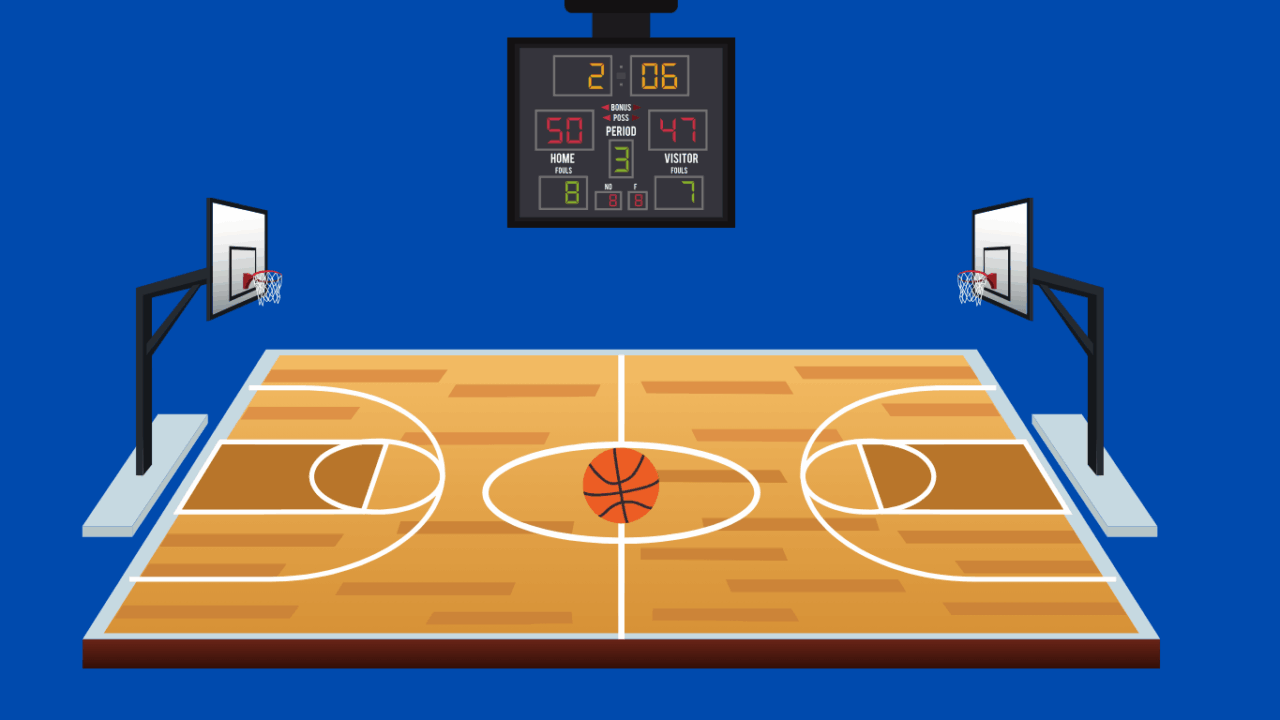Dolby’s Ad Spot with Jennifer Lopez and QR Codes Takes Center Stage at the NFL Playoff Game

Dolby and Jennifer Lopez teamed up for a new ad spot to promote Lopez’s new single “Can’t Get Enough,” which premiered on January 19.
Jennifer Lopez and Dolby took to their social media platforms to debut the video, posting four Instagram Stories on her own account along with a link that directs Instagram users to Dolby’s website in order to share the video. At the same time, Dolby shared the spot on its own Instagram and TikTok accounts as well. The spots shared by both parties on TikTok have garnered over 1 million views, with Jennifer Lopez’s post receiving 58,000 views, Dolby’s post receiving 945,000 views, and their joint Instagram post currently having over 2.5 million plays. The financial agreement between the parties was not disclosed.
“Social media is crucial to our goal of reaching a wide and global audience,” said Todd Pendleton, Senior Vice President and Chief Marketing Officer, Dolby. “Whether they see the spot on Dolby’s TikTok account or through one of our many diverse international handles, or even catch it because they were scrolling on Jennifer’s IG, social is a way we can engage and captivate our target audience through ‘edutainment’ content that tells a story they will care about.”
Currently, brands are actively interacting with female football fans, both existing and new fans as female viewers are on the rise. This shift has been prompted by cultural phenomena like Taylor Swift’s popularity. With the NFL’s content strategy strategically adjusted to appeal to a younger demographic, it has been attracting a growing number of female viewers to the NFL.
“It’s a big challenge to create an ad campaign that connects with any consumer these days, especially given the various devices in which consumers are viewing content,” said Russ Napolitano, partner at Xhilarate, a brand design agency. “The fact that Dolby chose to air this commercial during an NFL divisional playoff game allowed them to reach a broad target audience. The NFL is attracting younger female viewers, due to the Taylor Swift phenomenon, and they are banking on the success of another female singer, Jennifer Lopez, who appeals to a broader audience of Gen X, Millennials, and Gen Z.”
All In With QR Codes at The NFL Playoffs
To broaden its audience beyond social media, Dolby employed QR codes. Viewers, upon encountering the promotional spot on television, received instructions to scan a QR code for sweepstakes entry. This method also saw implementation during the recent NFL Playoff Game between the Kansas City Chiefs and Buffalo Bills over the weekend, where on-screen QR codes actively prompted viewer participation. It is currently unclear on how many users scanned the QR code.
By scanning the QR code, entrants can access the contest as the brand is also collecting first-party data. The sweepstakes offer enticing prizes, including Dolby Live tickets to Las Vegas and Dolby Home Theater setups featuring TVs and sound bars equipped with Dolby Vision and Dolby Atmos. It was important for the brand to introduce Jennifer Lopez and QR codes to its target audience because Pendelton believes that seeing is believing, and he believed this would allow people to easily and conveniently interact with the campaign from the comfort of their own homes or on their mobile devices.
“The NFL and all live sports and TV shows are where the biggest engaged audiences are on television today so like all major brands who want to reach a large diverse audience, live sports is one of the best places to reach this audience,” said Pendelton.
According to Pendelton, the campaign centers on enhancing the connection to favorite entertainment through Dolby. Pendelton said it aims to spotlight trailblazers like Jennifer Lopez, emphasizing their use of Dolby’s innovations to push creative boundaries. Pendelton further emphasized that the goal is to celebrate fans’ potential to deepen their emotional connection with artists, characters, and stories when immersed in the Dolby experience.
A 2022 report published by QR Tiger, an analytical platform that tracks QR codes generated by users, QR codes has accumulated more than 6.8 million scans globally in 2022, an increase of 433% over 2021.
Tina Seitzinger, Senior Director of Influencer Marketing and Paid Social at Vericast, praised the ingenious inclusion of a QR code as a strategic approach to harness the extensive viewership and engagement during the NFL Playoff game on Sunday evening. Seitzinger also pointed out that it effectively highlighted innovative technology, seamlessly connecting the virtual and physical realms, and inviting viewers to become actively involved in Jennifer Lopez’s musical journey.
“It not only created excitement and curiosity but also allowed fans to actively participate in the campaign,” she said. “It was a clever way to connect with the audience and capture first-party data which has become increasingly important in a cookieless world.”





